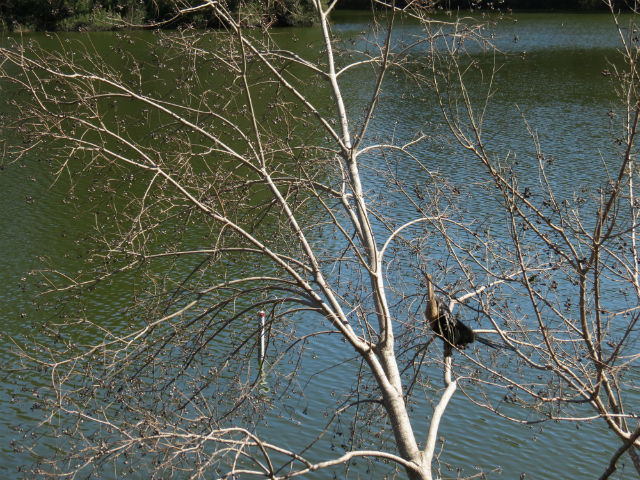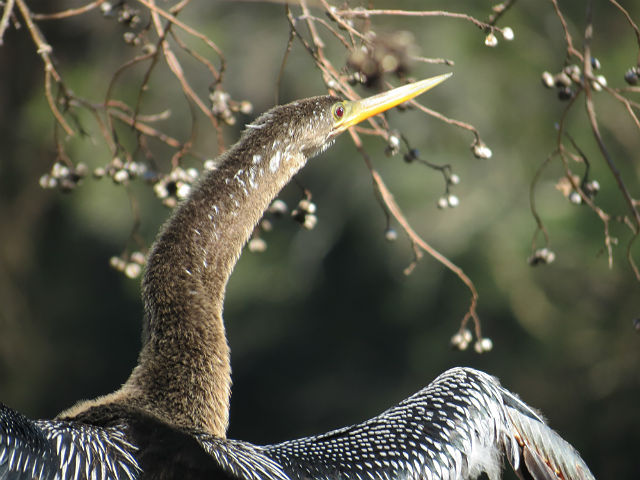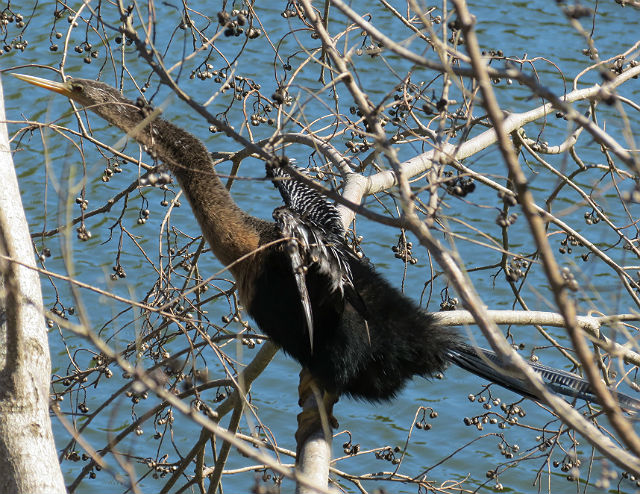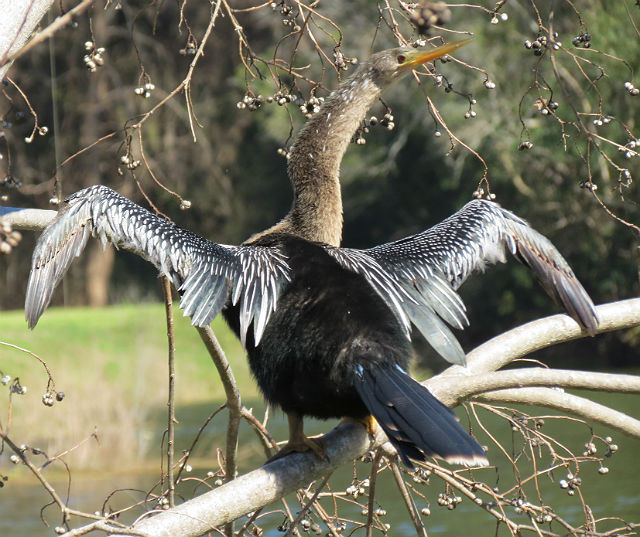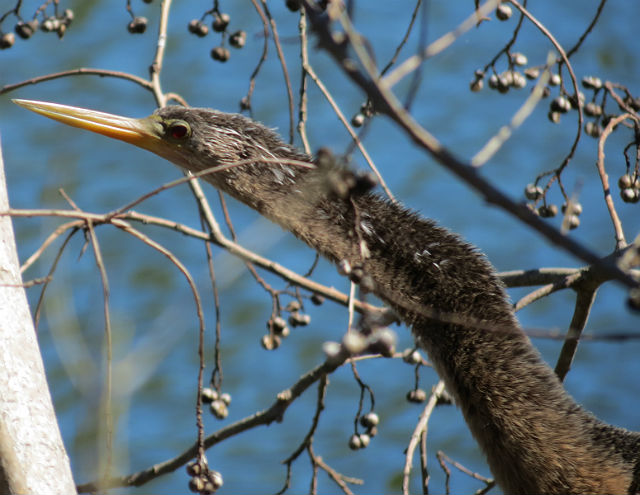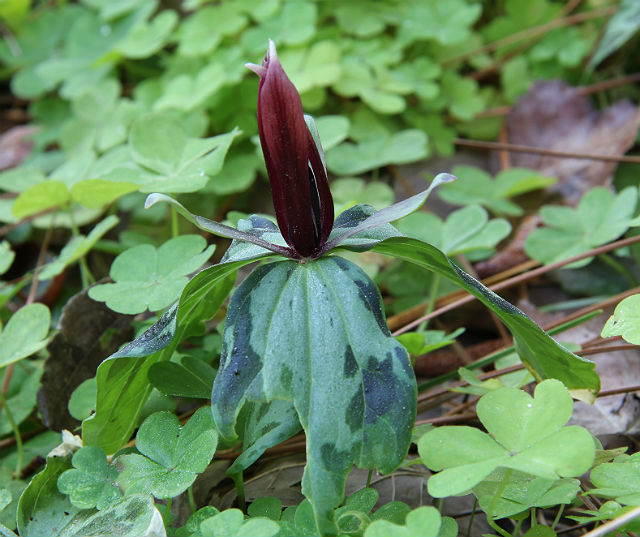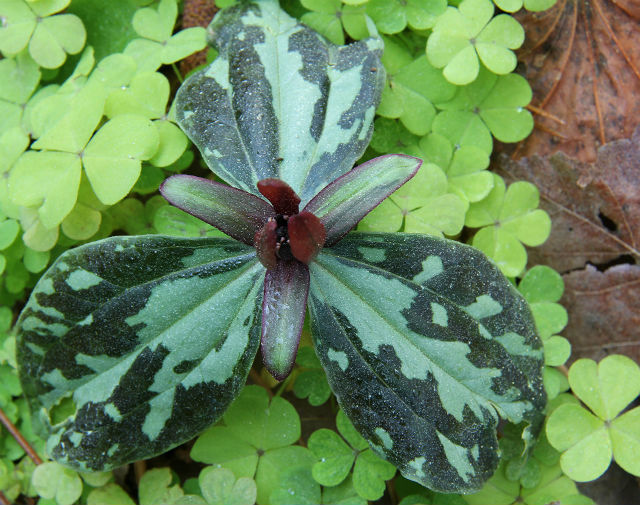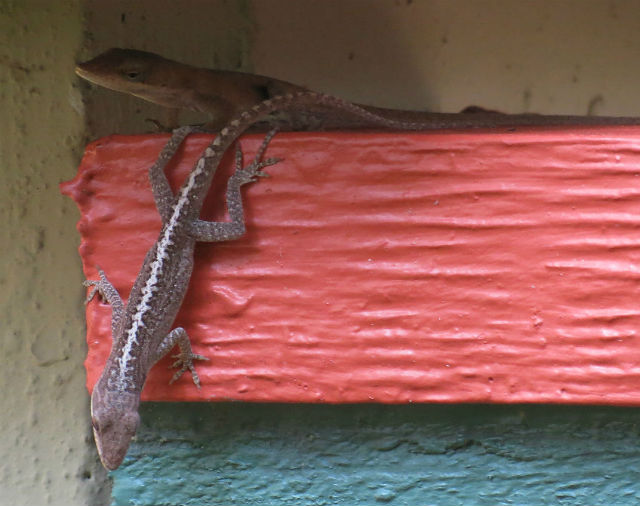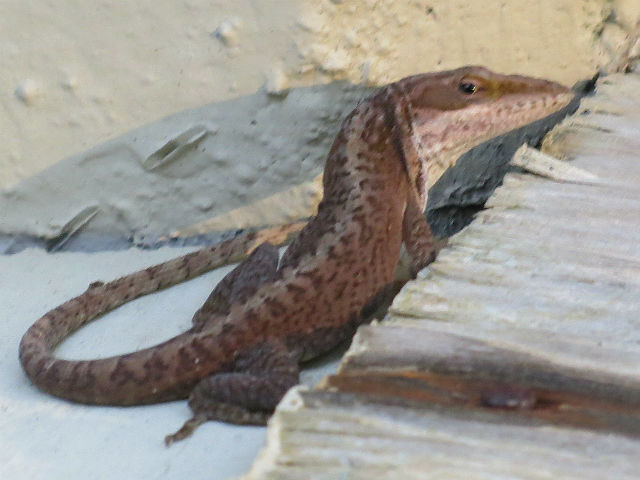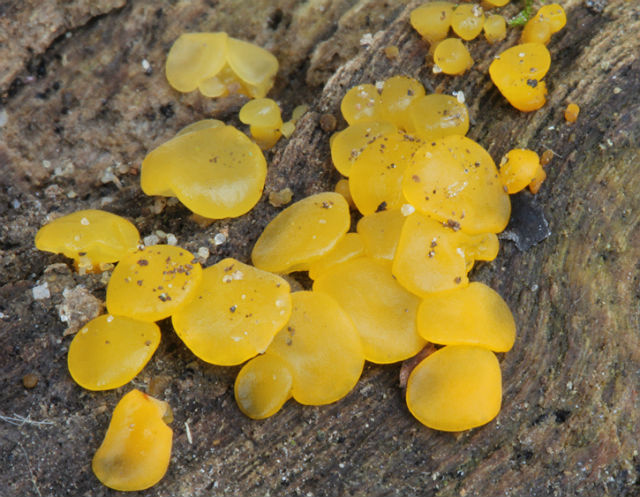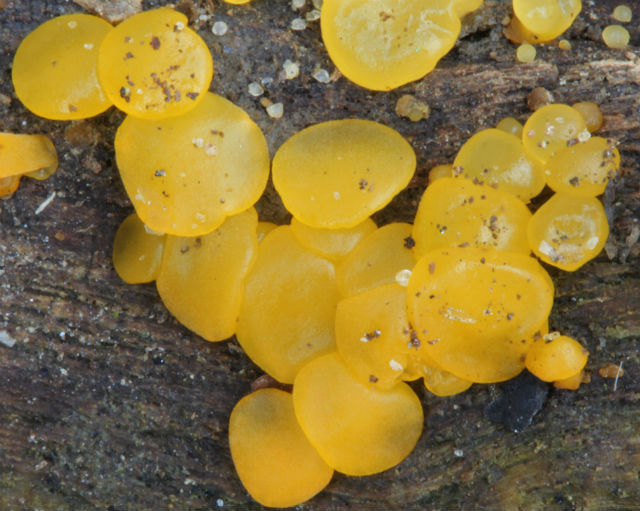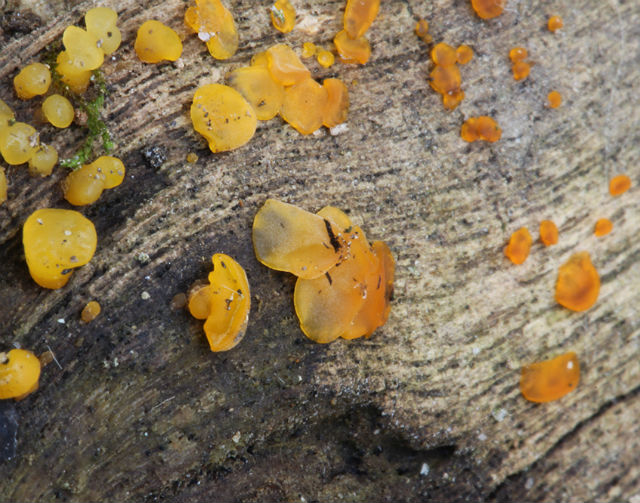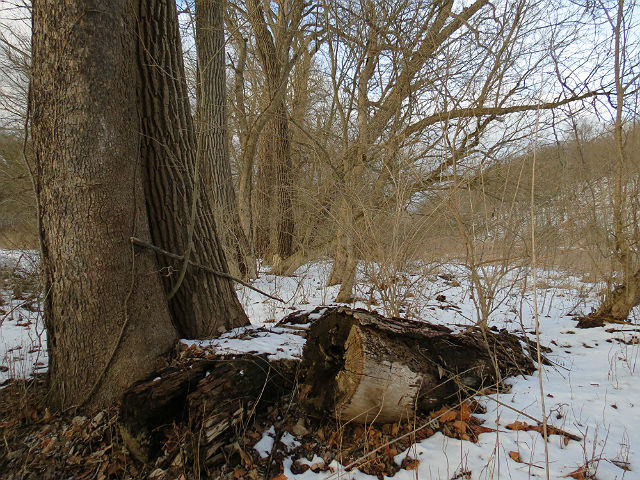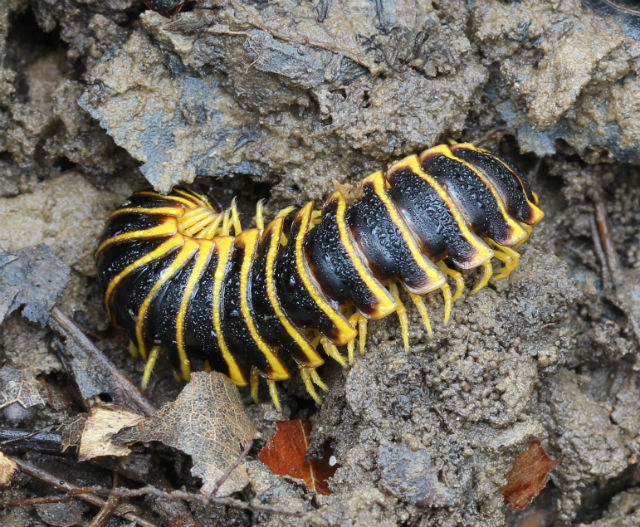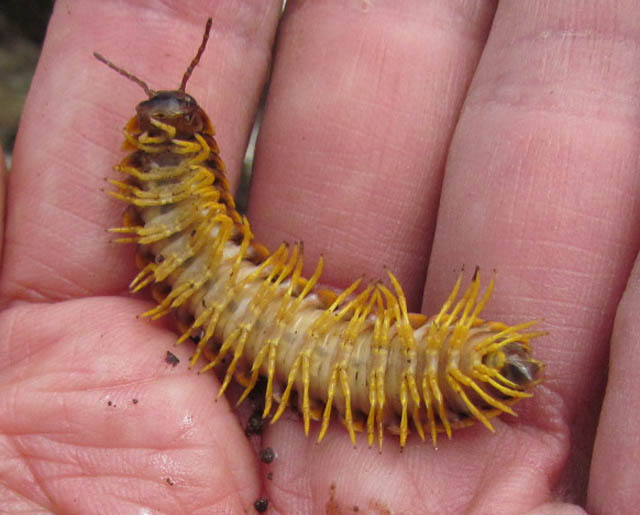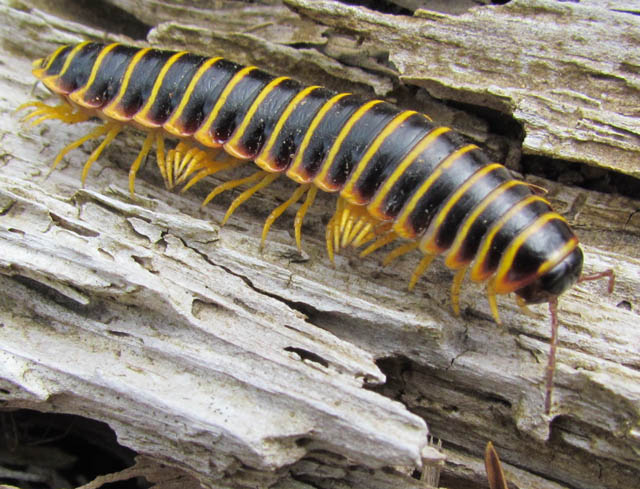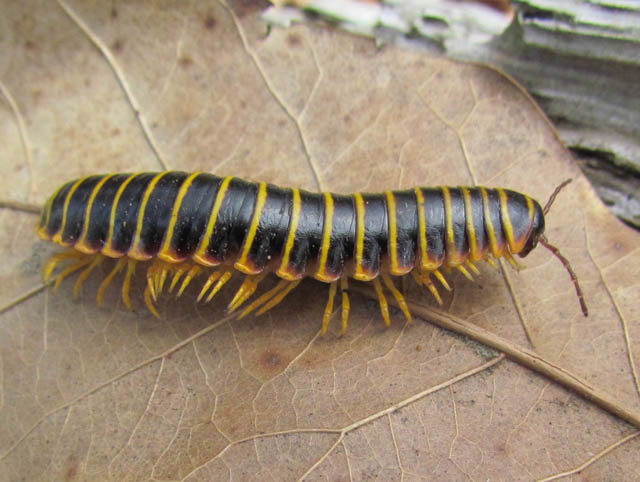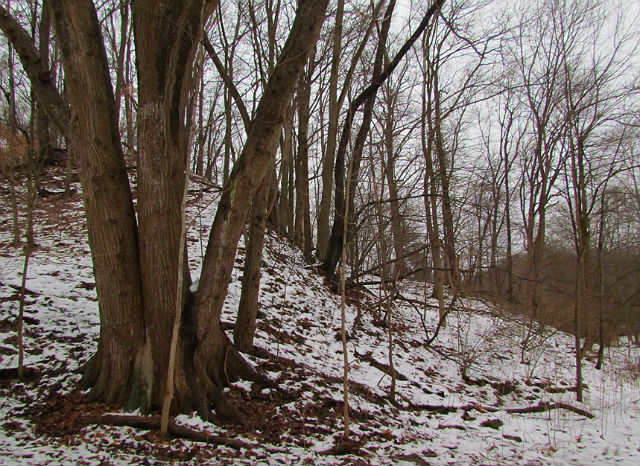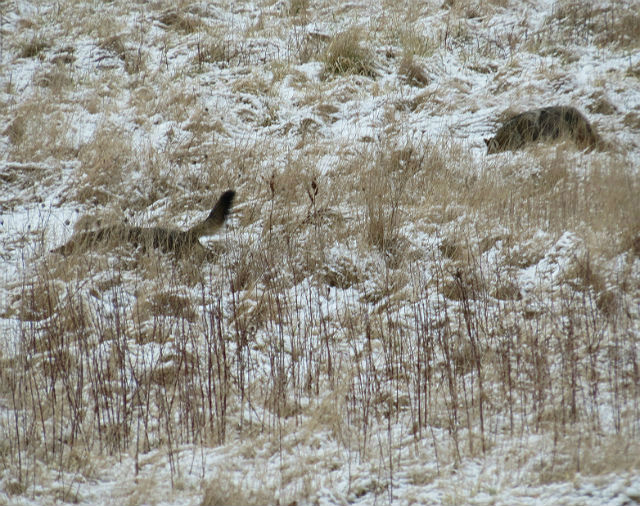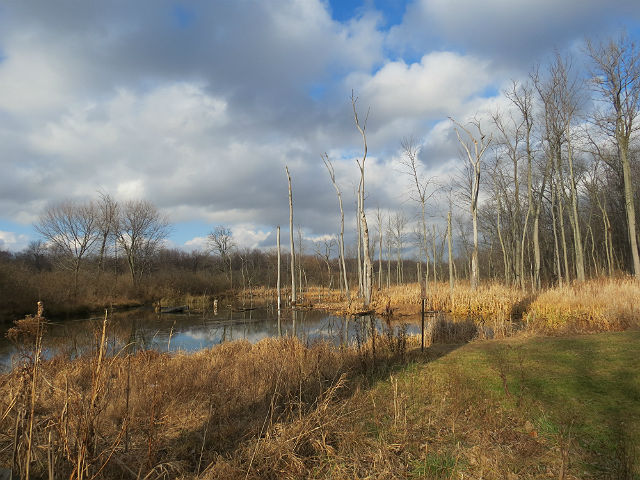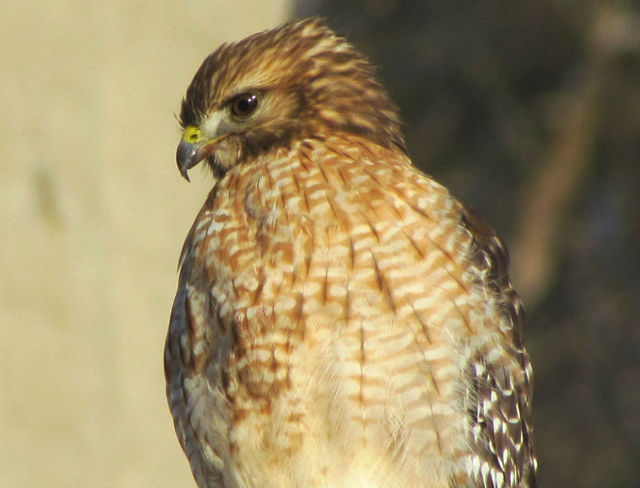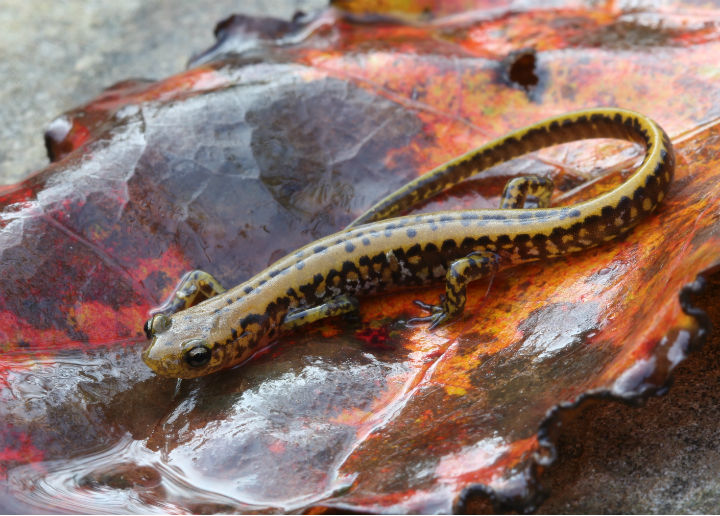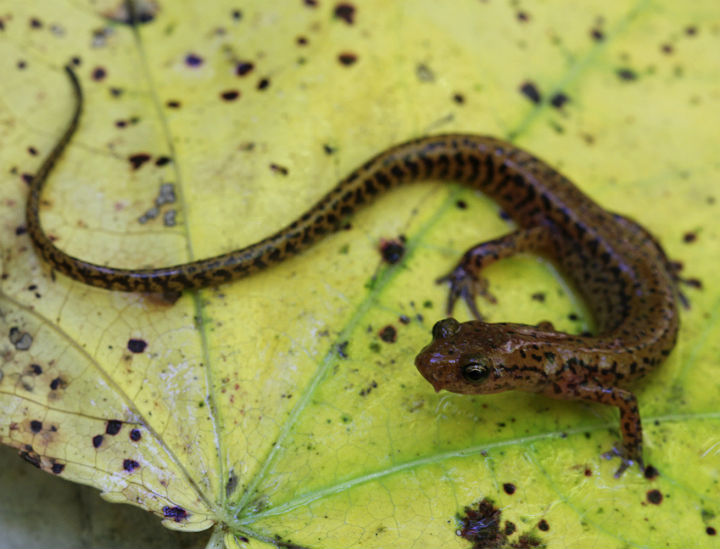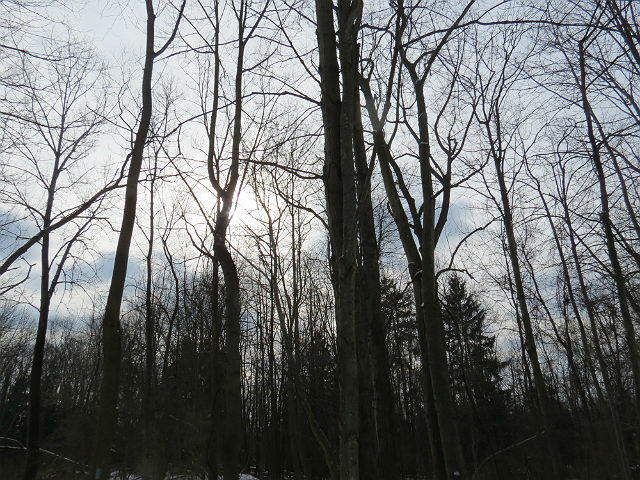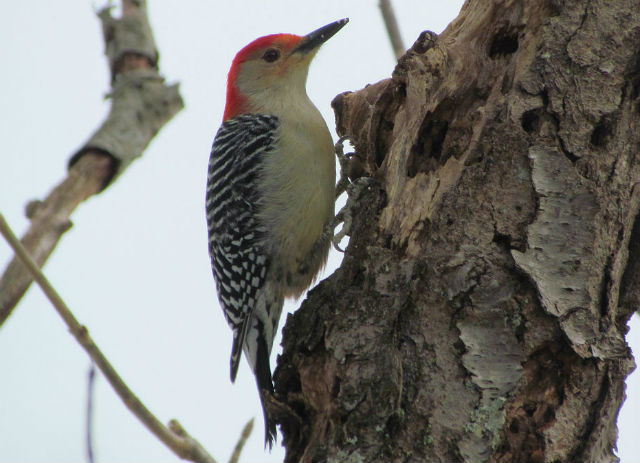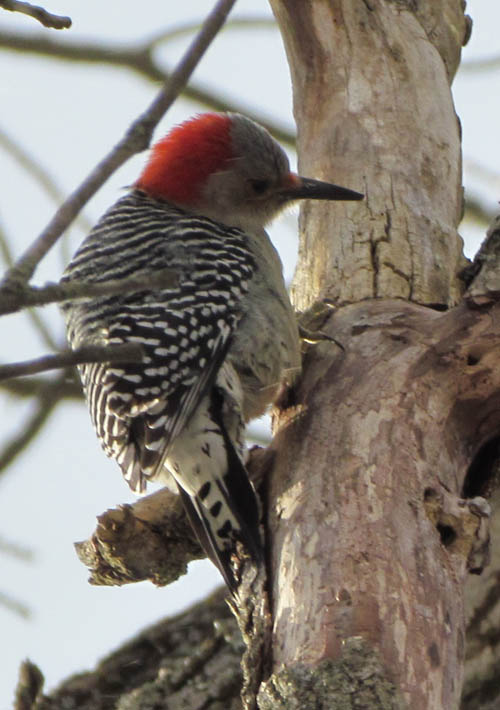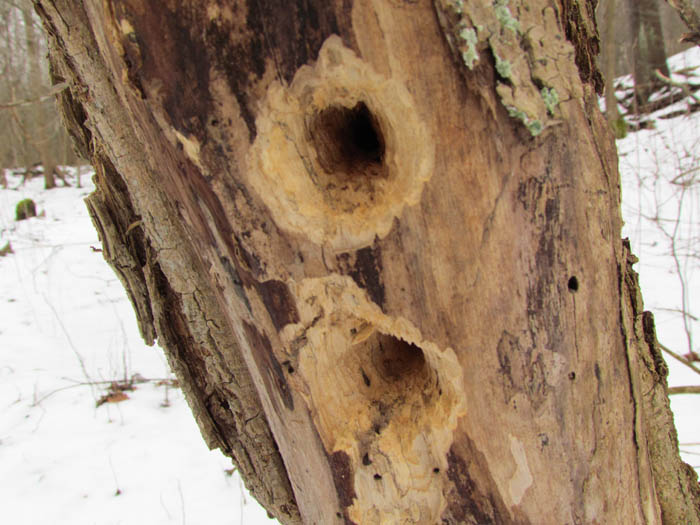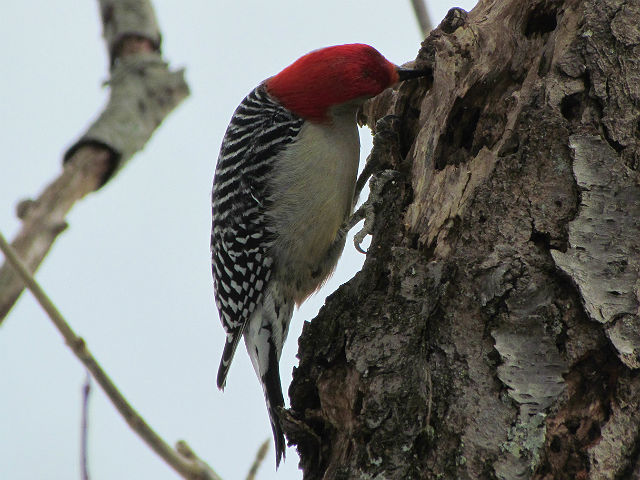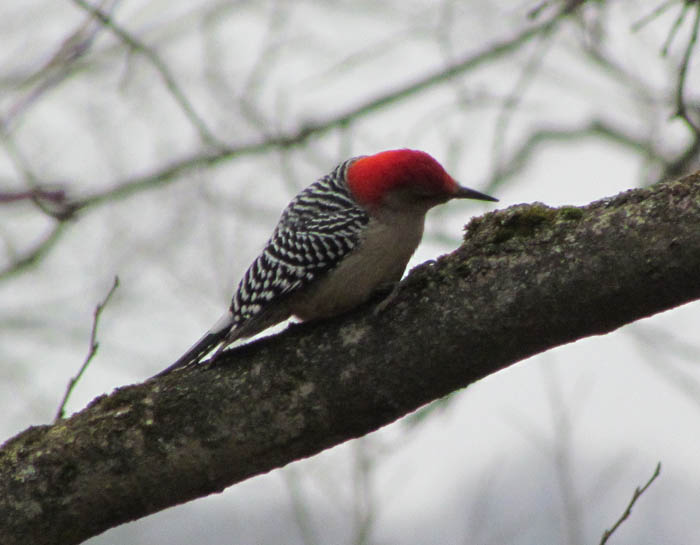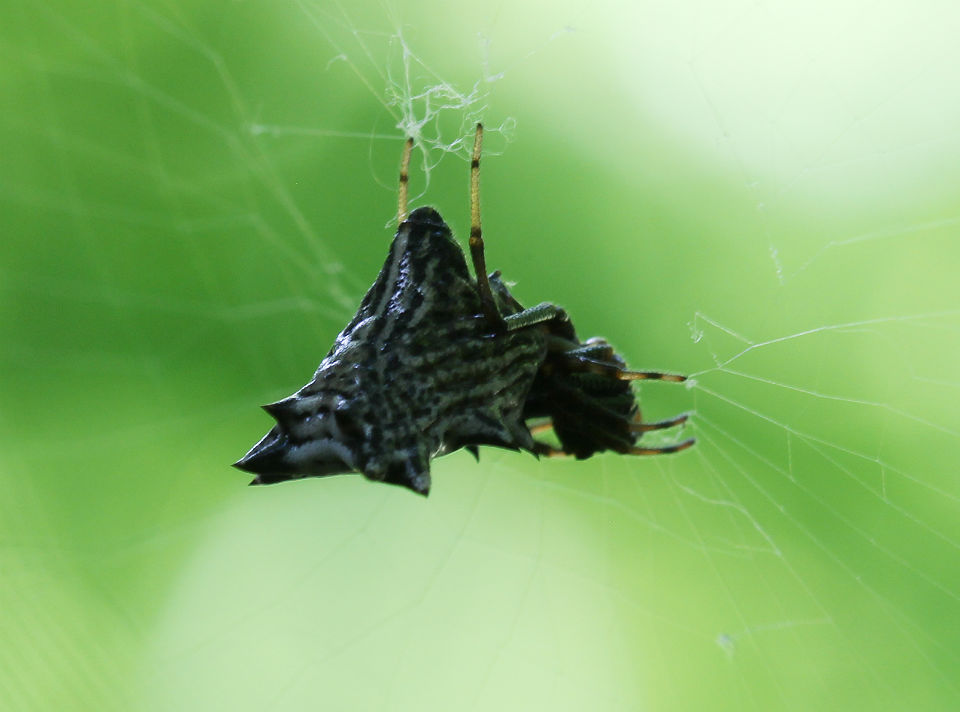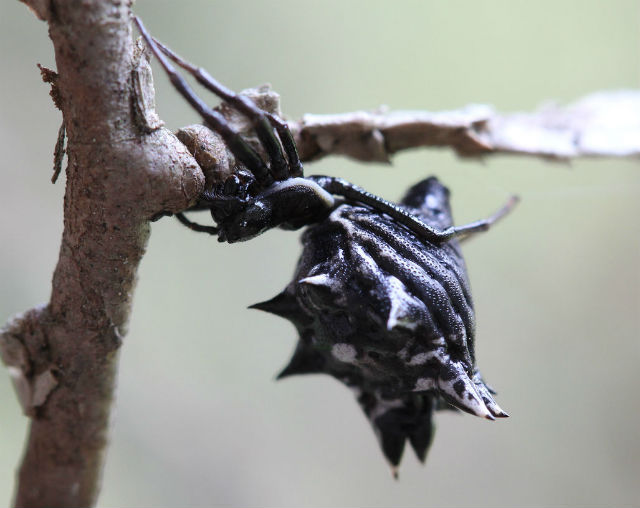A resident of southern swamps, this bird is known as the Water Turkey for its swimming habits and broad tail, and also as the Snake Bird for its habit of swimming with just its long head and neck sticking out of the water. It is a large bird with a long S-shaped neck and a long, pointed bill.
I saw a few of these interesting creatures on my recent visit to South Carolina. In order to dive and search for underwater prey, like fish and amphibians, the Anhinga does not have waterproof feathers (like ducks do). Because of this, the Anhinga is barely buoyant and it can stay below water more easily and for longer periods of time.
If it attempts to fly while its wings are wet, this bird has difficulty, flapping vigorously while “running” on the water. To dry its feathers, it will stand with wings spread and feathers fanned open in a semicircular shape, which led to the Anhinga being sometimes referred to as “water turkey.”
This bird is most often found in freshwater ponds and swamps where there is thick vegetation and tall trees. Using their sharp bills, Anhingas spear fish, flip them in the air and swallow them head-first.
These birds are found in the warmer parts of the Americas. They are members of the darter family and are related to pelicans and cormorants. I enjoyed seeing these odd, yet cool inhabitants of the Palmetto State.

